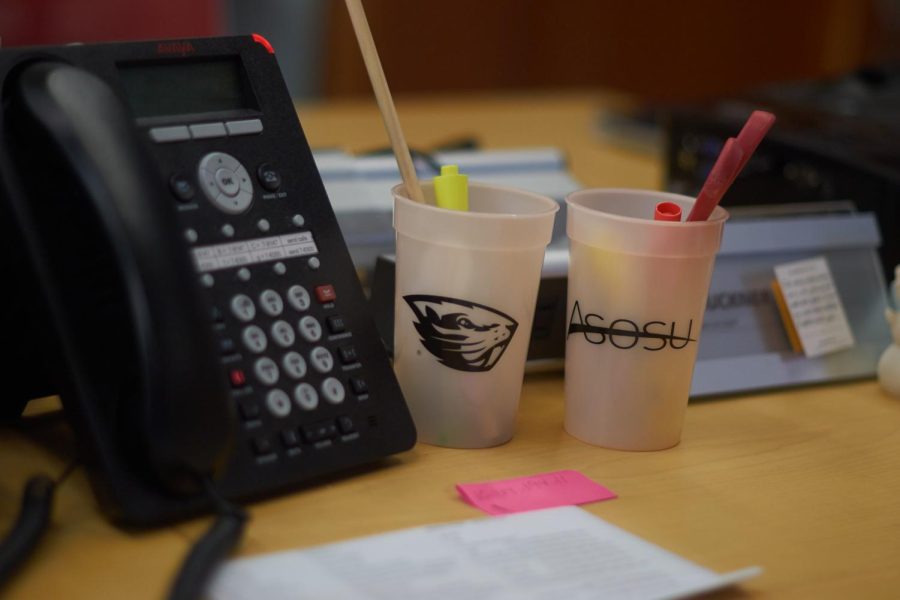Pilot program to increase maximum allowable work hours poses questions of fairness for international students
Details from around the ASOSU offices in the Student Experience Center, Dec 9. ASOSU officials have been discussing several initiatives which could affect student workers.
February 23, 2023
The allowable maximum hours for student workers on campus is set to increase to 24 hours for full-time United States citizen students only, beginning on July 1.
After a meeting in January to discuss the proposed “pilot program” of 24 allowable weekly hours for student workers, the Associated Students of Oregon State University anticipates the change to begin the fiscal year of 2024; but international students will not be able to benefit from this.
Though ASOSU President Matteo Paola said he has not heard any pushback to this pilot program from student workers, federal law only allows international students to work a maximum of 20 hours per week, which makes them unable to take advantage of this program.
The 24-hour cap of allowable work hours was decided on mainly due to the fact that this is the maximum amount of hours students can work without having to pay Social Security and Medicare withholding tax, Paola said, who has been spearheading the proposed increase.
Paola said anything over 24 hours per week would also open the door for health care benefits for workers, along with other complexities that ASOSU wants to avoid, seeing that this is a pilot program.
Though Paola wishes this could change for everyone, ASOSU cannot change federal law.
“It brings up an issue of equity,” Paola said. “I help out as many people as possible, even if it’s not fair. I wish there was more that we could do about it.”
One of the three main employment-related rules for students with an F-1 Visa, which is the primary student visa in the United States, is a maximum of 20 allowable work hours when school is in session, according to the U.S. International and Customs Enforcement website.
“I mean we’re immigrants, so it needs to be balanced…right?” said Tun Aung Thaung, an international student from Myanmar and senior in computer science.
Thaung works on campus in food service, and although he does not work 20 hours a week, he explained that in his opinion, it would be unfair if co-workers had a different amount of allowable work hours, assuming they both needed the same amount of money.
Paola said that the 24-hour cap is a change that is anticipated to run through the next academic year, and that, if all goes well, this may lead to a further increase in allowable work hours for student workers.
Paola said that potential impacts of the pilot program will be monitored and evaluated.
“Something that was brought up at the last meeting was: are students decreasing the number of credits that they’re taking in order to work more hours?” Paola said. “Because then the impact of that might not be that they’re not benefiting (financially), because they’re spending more time at OSU prior to graduating and paying for tuition.”
GPA and effects on graduating will also be monitored, according to Paola.
“The other issue that comes up… instead of more hours is, why don’t you just pay (student workers) more?” Paola said. “(This) is obviously something else we want to do.”







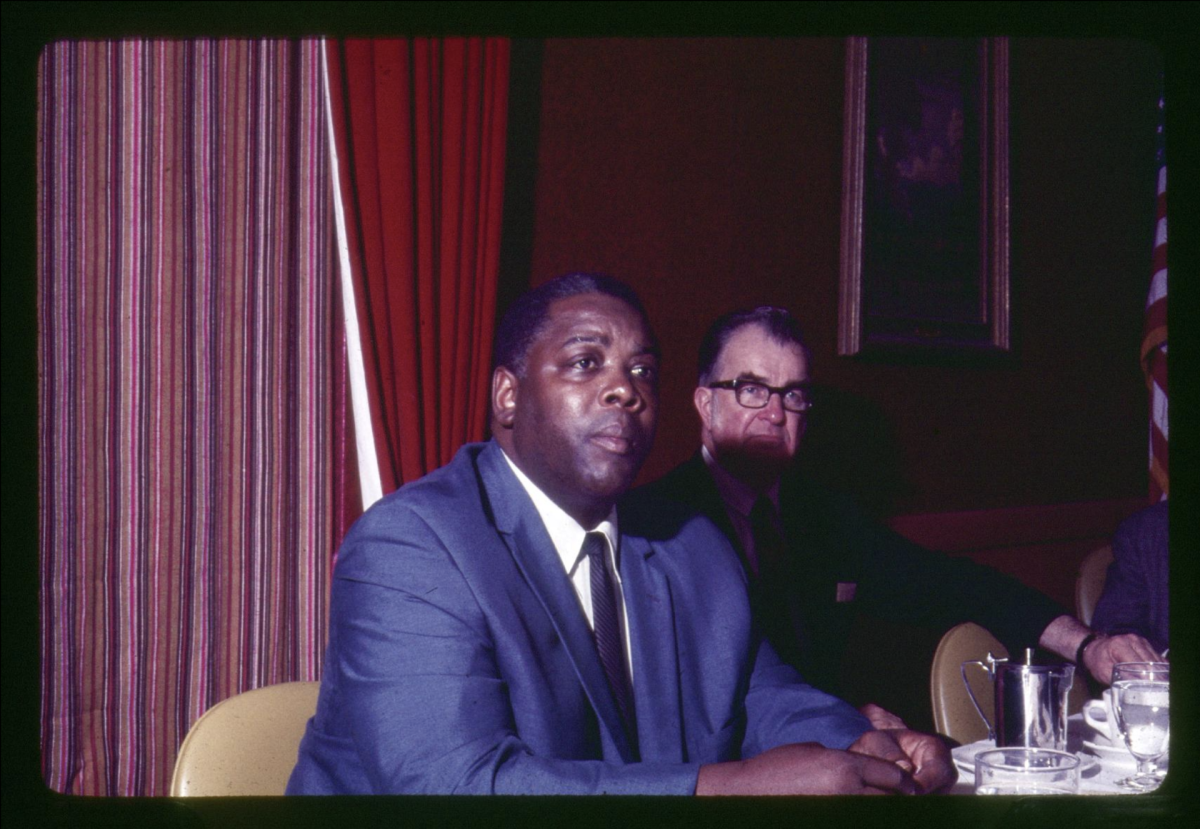
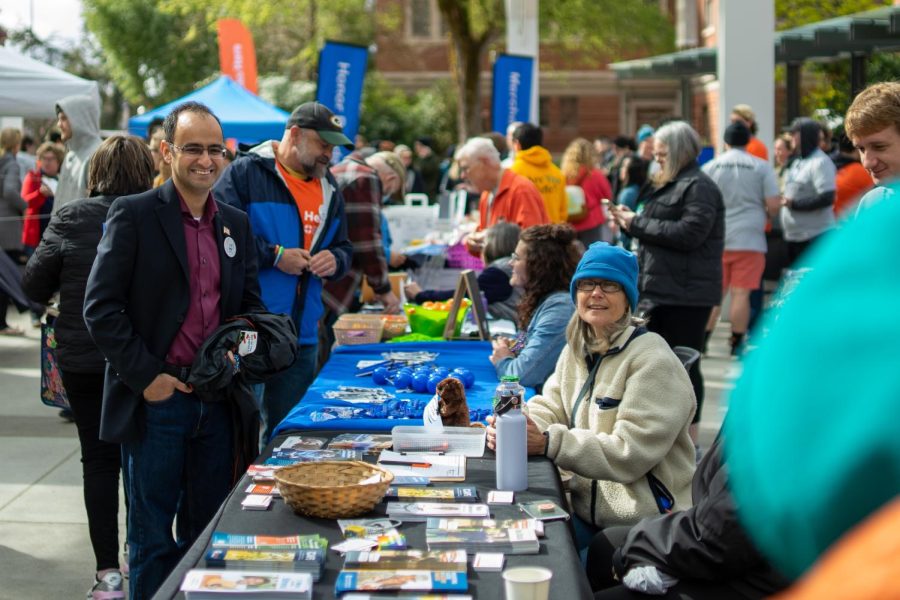
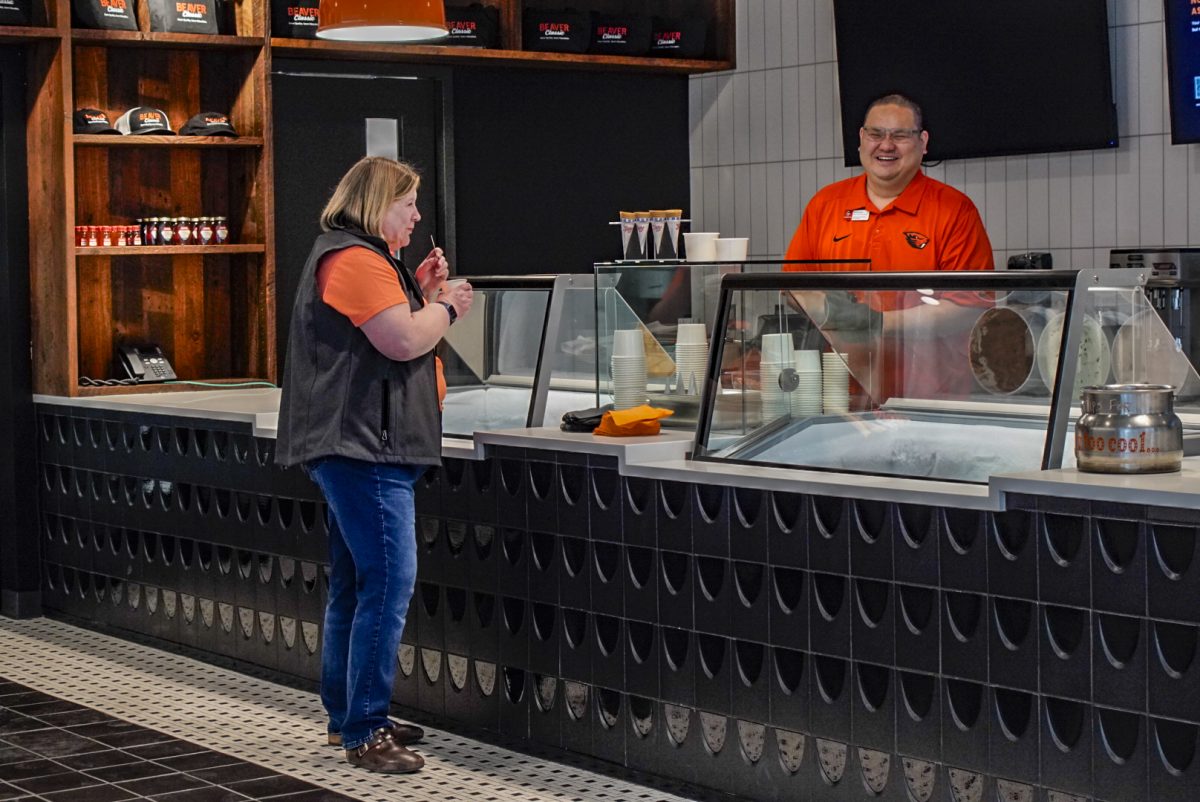
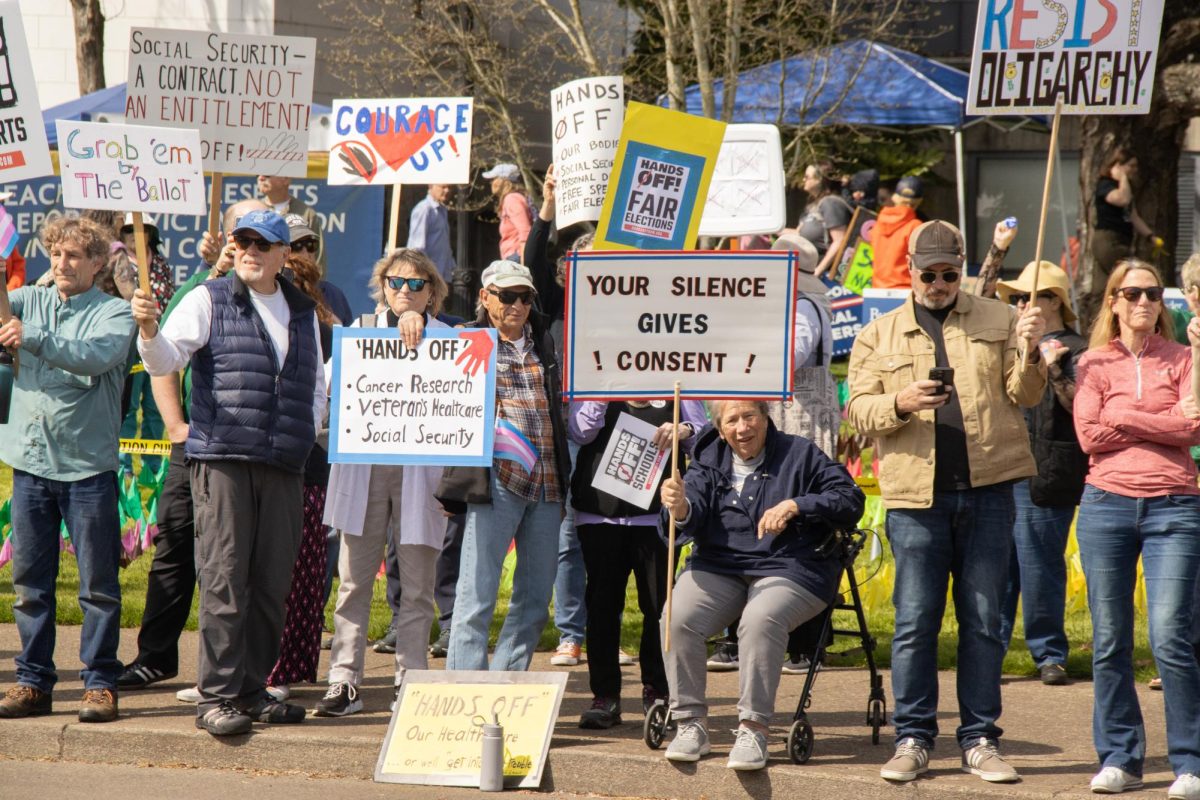







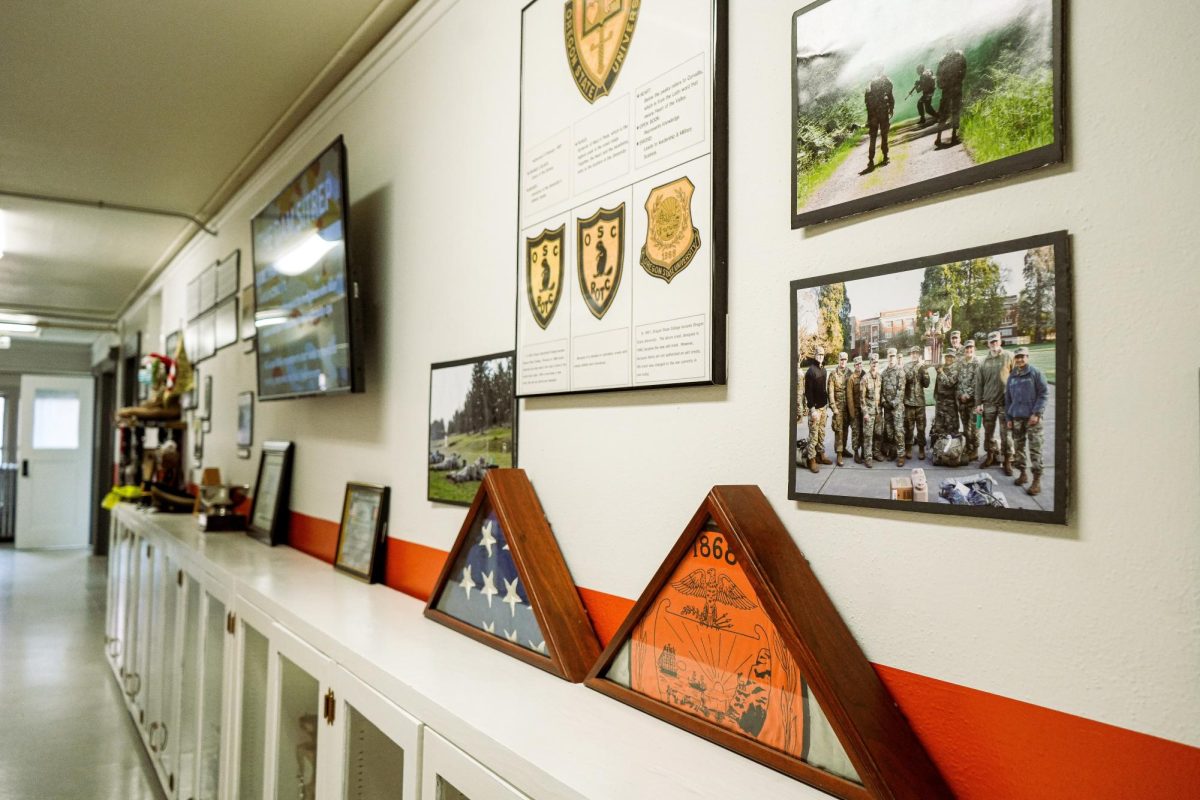

































































![Newspaper clipping from February 25, 1970 in the Daily Barometer showing an article written by Bob Allen, past Barometer Editor. This article was written to spotlight both the student body’s lack of participation with student government at the time in conjunction with their class representatives response. [It’s important to note ASOSU was not structured identically to today’s standards, likely having a president on behalf of each class work together as one entity as opposed to one president representing all classes.]](https://dailybaro.orangemedianetwork.com/wp-content/uploads/2025/03/Screenshot-2025-03-12-1.00.42-PM-e1741811160853.png)























